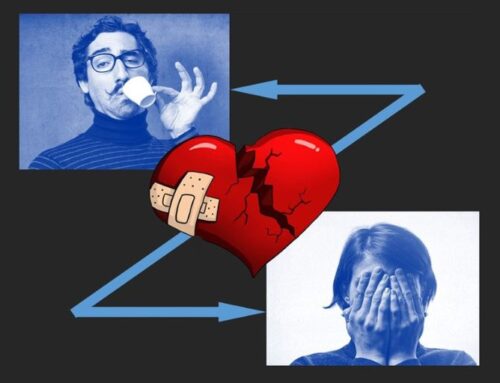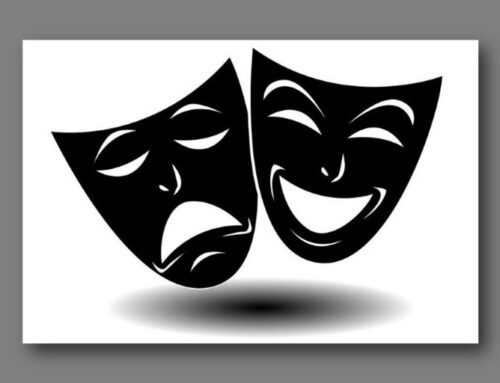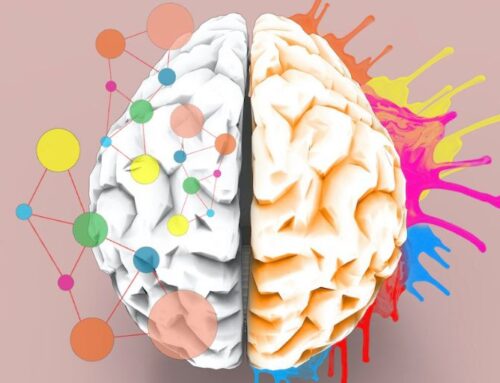Not all shame is bad, though many rail against it. Certainly shame is painful. The psychotherapist Silvan Tompkins, developer of Affect Theory, defined shame as an “interruption to pleasure” after all.
Tompkins also pointed out that, in an evolutionary sense, the brain is wired for shame. Why? Because it’s a survival thing. Shame keeps us connected to the group we rely on for our survival. You see, when we misbehave or break group rules we risk being ostracized and separated of from the group that we depend upon. So the brain gives us the ‘danger’ signal – that bodily-sensed shame reaction or affect that tells us we’ve breached the rules and that our survival is at stake, because our behavior will cause us to be separated from our community of care. And innately, we know that that’s dangerous.
So the tendency to stay connected to our survival group by adjusting our behavior is normal, natural and desirable and so is that bodily sense of shame that we experience.
At least it is for most people.
When I ran victim-offender mediations, I always looked for the shame reaction on the part of the person who did the wrong-doing. There was a shame “tell”, if you like. Shame was evidenced bodily, for example, by looking away, or looking down or the face turning red. The shame reaction required no heaping of blame or stigmatization of the offender, which we were not in the business of doing anyway. It evidenced itself from a mere factual retelling of events that lead to the offense. I therefore saw the biological shame reaction as not only normal but positive – it meant the offender was still connected to the “group” and that reconciliation with their community of care was possible and that genuine repair of harm done by them was also possible. Alternatively, I theorized that if there was no shame reaction, then possibly psychopathy was present, because only psychologically unimpaired people feel shame. So that’s the good news about shame.
The Ugly Side of Shame
But there is also an ugly side to shame.
Shame can take a toxic turn when we internalize it and begin to ruminate on our real and imaginary wrong-doing or begin to feel we’re damaged, worthless etc. Or when shame, which is a painful condition under any circumstances, becomes unbearable and we begin to isolate and self-condemn. Or when our feelings of shame lead us to potentially harmful compensatory behaviors in order reduce our painful feelings like some form of addiction – alcohol, drugs, shopping, sex, eating etc. Or when shame becomes externalized and we act out – turning our shame into anger, or maybe even violence against others.
Donald Nathanson, psychiatrist and protégé of Tomkins, developed the Compass of Shame (see below), which illustrates how toxic shame manifests itself.
It is this internalized and externalized toxic shame that need healing and transformation, which I talk about in Toxic Shame Remedies.
COMPASS OF SHAME

Donald Nathanson, 1992







